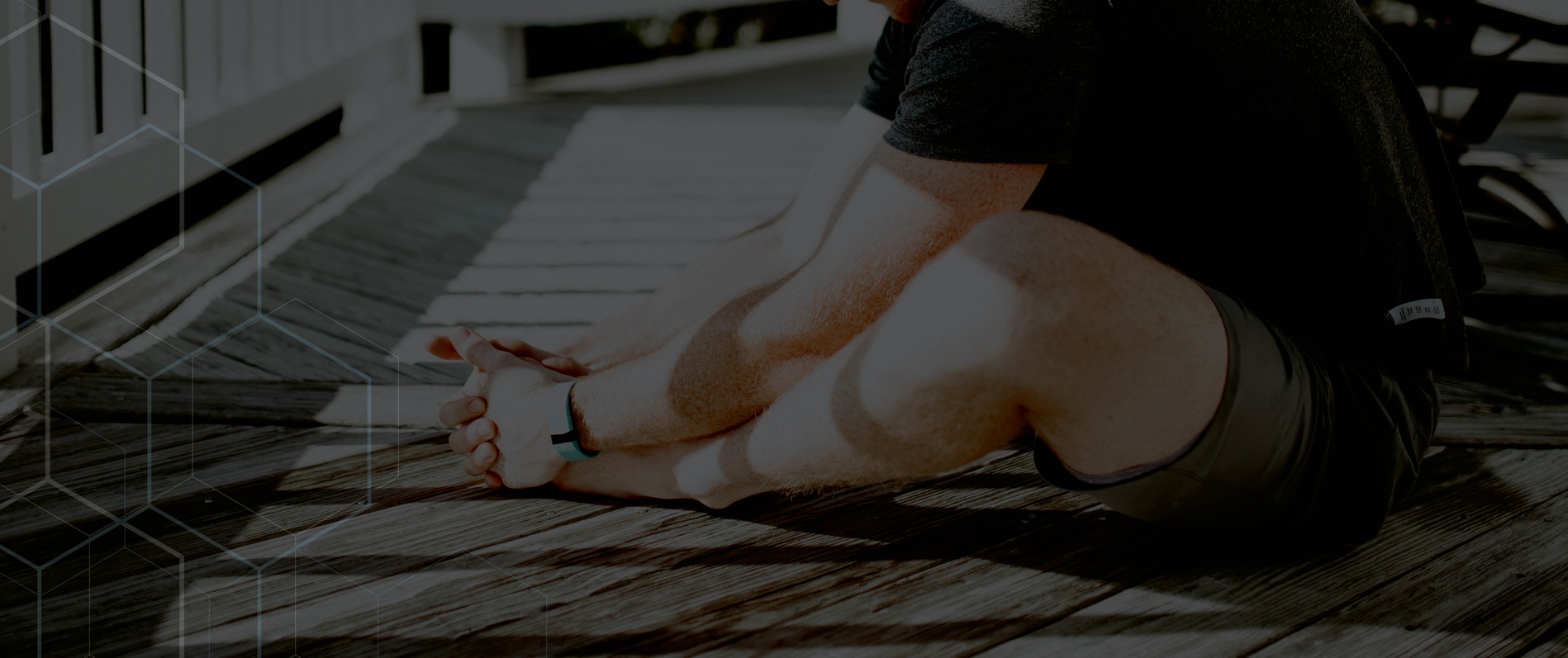
LOW BACK EXERCISES
Session 5
Session #5 begins by performing the soft tissue series A from sessions #1 and #3.
You will also go back to your session #1 stretches and repeat series A for Flexibility. You should experience increased range of motion from the first time you performed these stretches.
You will repeat the knee break ankle mobility drill that was performed in session #4. A couple new hip mobility drills will be introduced in the form of the frontal split squat and single leg dead-lift. Your split squat movement from session #4 transitions from linear movement to lateral movement. The same principles apply with regard to hip mobility and core stability. A significant key to performing this movement is to ensure that the foot, knee, and hip on the loaded side don’t begin to rotate as you initiate movement. This is a compensation pattern that we want to eliminate. The single leg dead-lift teaches a hip hinge pattern while utilizing only about 10 degrees of knee flexion. After reaching the peak of your range of motion in the hip, pull back to top and assume an extended hip position. The knee to knee movement from previous sessions will be employed again to train hip internal rotation. The seated and bent-over rotations are introduced to train thoracic mobility in a rotational plane. For both movements, it’s critical to establish posture first and extension in the thoracic spine before seeking rotation.
Your activation series progresses today by starting off with a straight-knee hip extension movement from a quadruped position. This creates a longer lever for the body to stabilize and resist movement in the trunk. You will transition from a front plank to a side plank where the goal is to resist rotation in the trunk. Many of the same variables are in play from the front plank with regard to core and glute activity. The seated hip hinge is utilized to continue training the body to seek movement through the hips and activate the glutes by squeezing through the top of the movement. In today’s session you will transition from horizontal scapular retraction to vertical and learn to activate the muscles of the trapezious that depress the scapulae. The clam will be performed to turn on the gluteus medius, a muscle critical to stability at the knee which impacts the surround joints. The first of 3 fulcrum progressions is introduced in today’s session. The objective here is to activate all the motor units within the back extensor muscles. It’s very important to never extend the spine beyond the neutral position when performing this exercise.
For your first strength training exercise of the day, you will transition from kneeling positions to a standing position for the cable/band chest press. Mechanics will remain the same for the upper body. You will only need to adjust to the new dynamics of the standing position. You will reinforce thoracic spine mobility afterward with the seated t-spine rotation. You will perform the goblet squat again for your knee dominant lower body pattern like in session #4. Only this time, you will not use the box as an aid behind you. Your “filler” movement that follows will be the quad straight-knee hip extension reinforcing good mechanics at the hip and trunk. You will return to horizontal pulling with the tall kneeling single arm row. This a progression from the low row performed in previous sessions. The single arm movement will require more core stability than the double arm row. Trapezious activation will be reinforced afterward with the vertical retraction exercise. The feet elevated hip lift from session #4 will progress to a stability ball in today’s session which requires more stabilization from the body. This will be followed by the single leg dead-lift to reinforce hip mobility.
Your session will conclude with Exit Work as you choose 1 or more components of your Prep Work and repeat the process to emphasize clean movements once again.